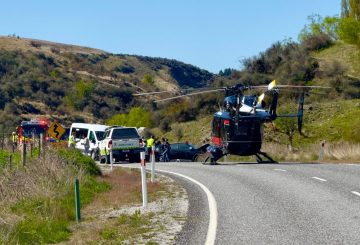新しい調査によると、Covid-19パンデミック時のニュージーランドの対策により、約20,000人の死亡が防止されました。New Zealand Medical Journal(ニュージーランド・メディカル・ジャーナル)に掲載されたこの研究は、トップクラスの科学者と医師16人が寄稿したもので、主要な呼吸器疾患はすべて同様の治療を受けるべきだということが示唆されています。
筆頭著者であるオタゴ大学のマイケル・ベイカー教授は、公衆衛生対策の成功について言及し、危機が回避されれば、人々はそもそも対策の必要性に疑問を投げかけるかもしれないと指摘した。
ニュージーランドの新型コロナウイルスによる死亡者数は3,000人を超えましたが、同国の死亡率は世界的に見ると低いです。ベイカー教授によると、ニュージーランドの死亡率が米国と同様だったら、約2万人の命が失われていたとのことです。ニュージーランドの成功の鍵は、ウイルスを2年間制限し、人口の大多数がワクチン接種を受けられるようにしたことです。
カンタベリー大学のマイケル・プランク教授は、振り返ってみると、いくつかのプロセスを改善できたはずだと考えています。しかし、初期の厳格なロックダウンなどの主要な決定は正しかった。彼は、将来起こり得る健康危機に備えて、よりよく備えることの重要性を強調しています。
予防接種諮問センターのニッキー・ターナー所長は、ニュージーランドの高いワクチン接種率が、死者数を低く抑える重要な要因であると述べました。しかし彼女は、人々はこれらの対策がどれほど効果的であったかを忘れがちで、アウトブレイクが始まって初めてリスクを認識する傾向があると指摘しました。
専門家たちは満場一致で、Covid-19が今後も続くかもしれないからといって、感染が避けられないわけではないと信じていました。この戦略には、脆弱な人々へのワクチン接種、大気質の向上、特定の状況でのマスクの着用などが含まれます。ベイカー教授は、英国王立調査委員会の次回の報告書が将来のパンデミックへの対処に関する洞察を提供することを期待しており、ニュージーランドに対し、より重大な脅威に備えるよう強く求めています。





























































